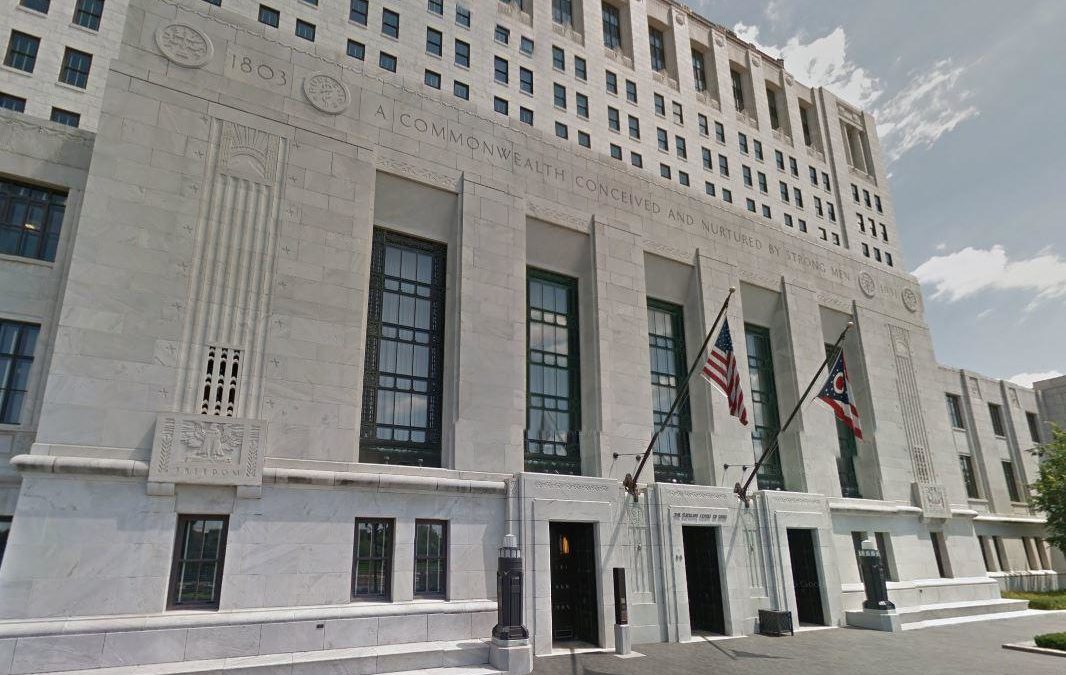In February of this year, the Supreme Court of Ohio heard oral arguments on a business’s ability to recover losses related to COVID-19. It is the first case to come before the Court on the subject. At issue is a business that had purchased an all-risk policy from an insurance company and now seeks coverage for the financial loss it sustained as a result of the COVID-19 pandemic. The insurance company subsequently denied coverage, asserting the business did not suffer a Covered Cause of Loss required by the policy. For the business to receive coverage, it must have suffered a “physical loss or physical damage.” The question before the Court now is whether the existence of COVID-19 generally, or on surfaces at premises, or an infected person’s presence at a business constitutes direct physical loss or damage to the property. The case is Neuro-Communication Services, Inc., etc., v. The Cincinnati Insurance Company; The Cincinnati Casualty Company; and The Cincinnati Indemnity Company.
Neuro-Communication Services, Inc. (“Neuro”) claims that the COVID-19 virus, its particles, and the shutdown orders imposed by Ohio authorities impacted its physical space and functionality causing significant income losses. Neuro argues the physical presence of COVID-19 viral particles at and on the company’s premises and property should be included in the meaning of “direct physical loss or damage.” It believes the presence of the virus physically changed the air, the physical space, and the surfaces at its business. Neuro further argues that when Ohio authorities issued shutdown orders, it faced a diminishment of physical functionality of its property. Neuro asserts these are losses that should qualify as a Covered Cause of Loss and entitle it to recovery.
The Cincinnati Insurance Company, The Cincinnati Casualty Company, and The Cincinnati Indemnity Company (collectively “Cincinnati”) contends that while the shutdown orders did affect businesses by temporarily closing them or by limiting the scope of services they could provide, this effect is not a physical alteration to property. The presence of a virus cannot be a direct physical loss or damage to property, because then all property, everywhere and at all times, would be physically lost or damaged due to viruses constantly abound. Property insurance policies are intended to indemnify property owners for direct physical loss or damage to their property, such as that resulting from a fire or flood, and the interpretation Neuro asks for is contrary to this core purpose.
During oral arguments, the justices seemed skeptical that commercial property insurance policies would cover any of the losses businesses sustained due to disruptions caused by the pandemic. An opinion of this nature would be in line with a majority of courts nationwide which have rejected claims by companies for insurance coverage amid the pandemic. Courts in Ohio have found that neither the shutdown orders nor the physical presence of COVID particles are included in the plain meaning of a policy’s requirement for direct physical loss of or damage to a business’s property. “Direct physical loss or damage to property” has been interpreted by Ohio courts to be “some tangible, physical alteration to the property or structural damage to it,” of which the COVID-19 virus nor the shutdowns stemming from it constitute.
Courts in seventeen other states have already granted Cincinnati’s motions to dismiss COVID-19 coverage complaints similar to Neuro’s. This signals a lack of acceptance in the lower state courts for the argument the virus and shutdowns cause physical loss or damage to businesses’ properties. Other state supreme courts, like that of the Massachusetts Supreme Judicial Court, have also expressed reservations in diverging from courts nationally that have found businesses are not entitled to insurance coverage for losses caused by COVID-19. While businesses have no doubt greatly suffered due to the pandemic, coverage for their losses under property insurance policies seems unlikely.
As cases seeking pandemic related-coverage continue to make their way through the court systems, there is a growing need for strong precedent. For cases in Ohio, differing interpretations of Ohio contract law threaten to undermine the uniform application of the law. A ruling by the Ohio Supreme Court may bring uniformity to how to apply state laws regarding these insurance policies. The decision on this case is not expected for several months. For more information on this topic and other COVID-19 related questions involving insurance coverage of business losses, please contact one of Crabbe, Brown & James insurance attorneys.

